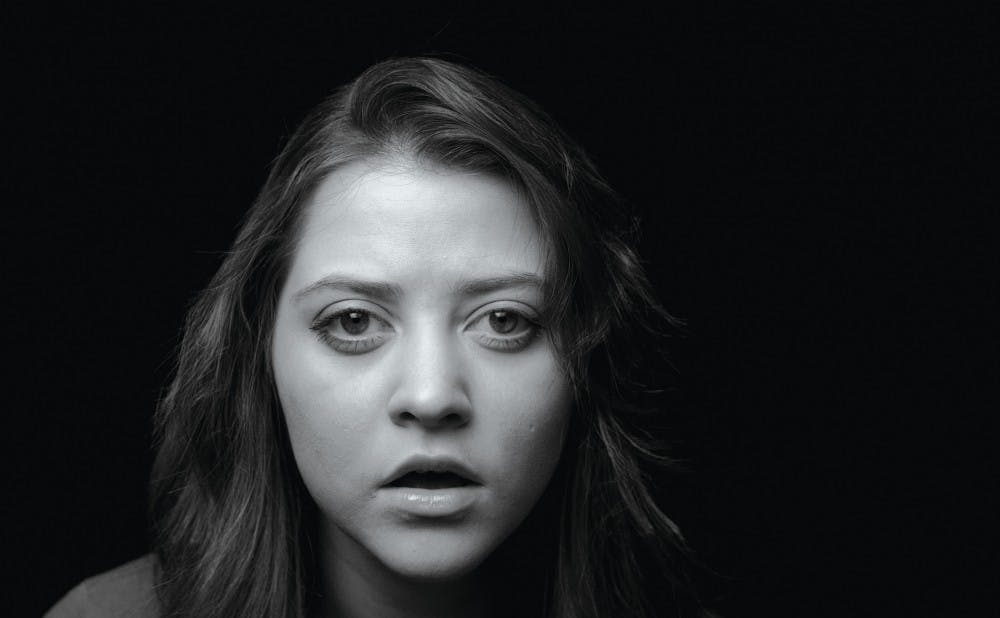Dir. Godfrey Reggio
Cinedigm Corp.
3/5 stars
“Visitors” is not your typical documentary. It does not have any archival information or sources and there are not any data or interviews. In fact, other than a brief, untranslated segment of sign language, there are no words. The only sounds in the film are the mesmerizing and haunting music of famed composer Philip Glass, who also worked with director Godfrey Reggio on his best-known work, the "Quatsi" trilogy. Moreover, the images themselves do not have a logical progression that lends to a clear meaning. Rather than retelling a story, this documentary hopes to create an experience.
The film features long shots of various objects, be it individual faces, groups of people, hands (mimicking the actions the hands make when using technology, such as working a smart phone), architecture or nature. While the length and relative lack of movement of these shots made the film feel slow at times, it is also what gives the film its power. This was most apparent in the shots that featured individual faces. The beginning of the film featured a string of these shots sometimes permeated by stylized and often symmetric shots of architecture. In these shots, the faces of people of varied age, sex and race would slowly materialize onto the screen. After appearing, the face would stare out into the audience, sometimes remaining relatively motionless and sometimes changing expressions for one to two minutes before fading out and being replaced by the next face. During the time that the face is the screen, the viewer is able to study it in a way that is not often possible in polite society, similarly to what Marina Abramovi? forces her participants to do in her well-known performance art piece, “The Artist Is Present." With the length of the shots, the viewer connects with each face and pair of eyes, as different as they may be, and realizes the expressiveness that is present in each and the stories that they all tell.
Another powerful scene depicted what appeared to be a slowed down shot of a large group of people walking, with different individuals drifting into and out of the frame. Again, the extended shots here allow the viewer to connect with the faces that would otherwise only be faces in the crowd. These intimate shots of individuals are contrasted with long shots of landscapes without any humans. A large number of these occurred in Louisiana, in areas that had been devastated by Hurricane Katrina and where the high water levels were still present.
The film opens and ends with a shot of a gorilla. The initial transition from gorilla face to human face has strong evolutionary overtones. This ending image slowly pans out to show that the gorilla’s face is on a screen within the movie being watched by individuals, all of whom the viewer is watching. Perhaps this scene is the most telling, simultaneously touching on issues of the environment, faces and technology. “Visitors” is a film that, like a difficult novel, requires work and concentration on the viewer's behalf but rewards that viewer with a unique and powerful cinematic experience.
Get The Chronicle straight to your inbox
Signup for our weekly newsletter. Cancel at any time.

